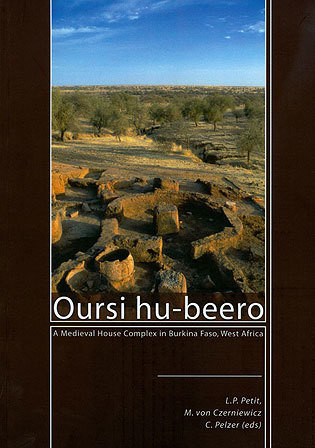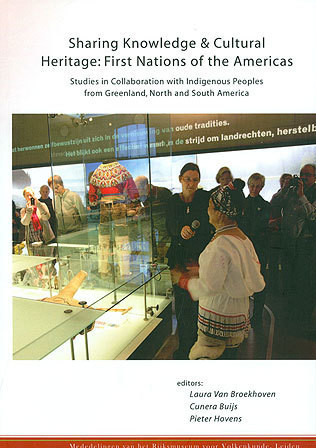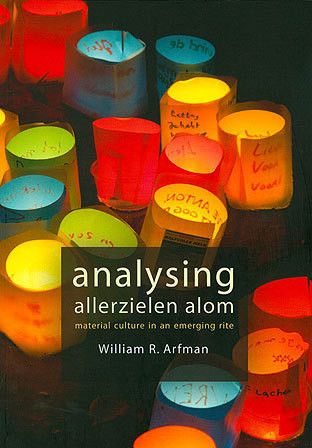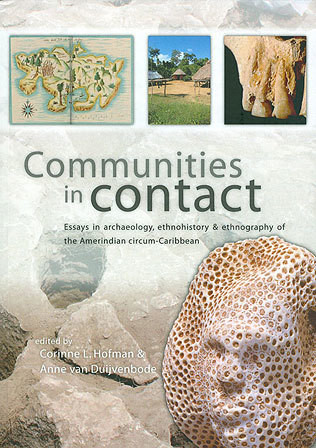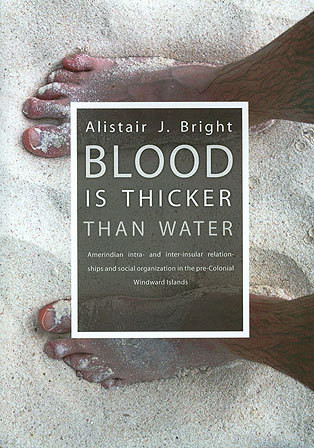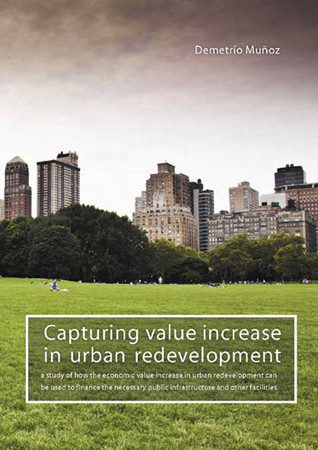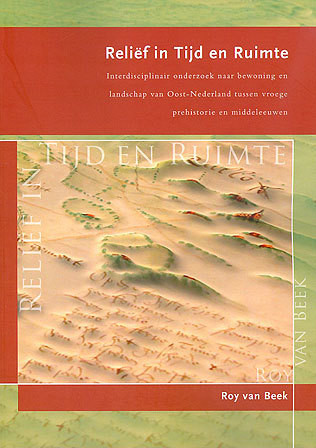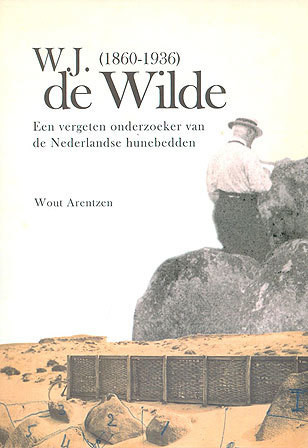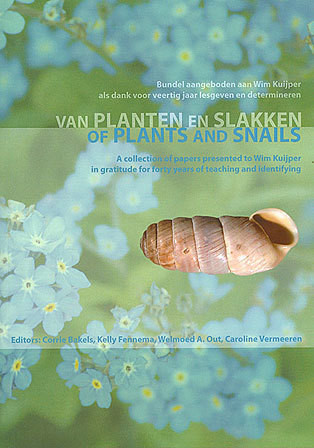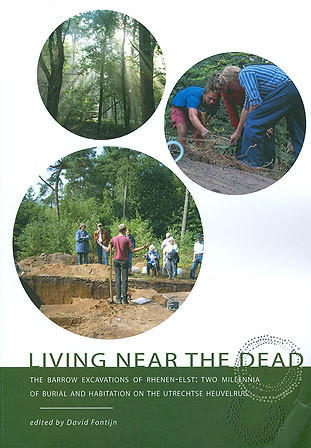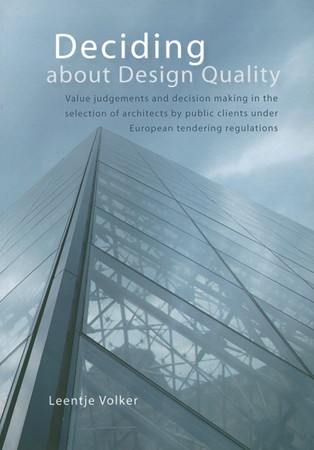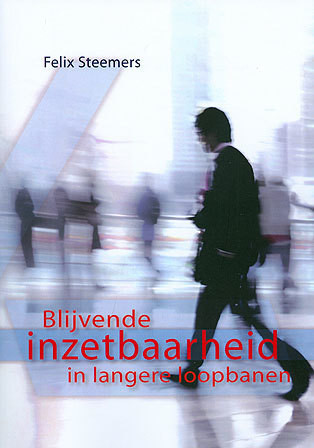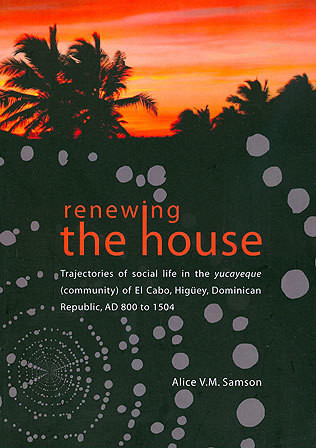Everyone would agree that urban development, especially when involving the building of residential areas, should be accompanied by sufficient and good public infrastructure and facilities. We all want neighbourhoods with the necessary roads, green areas, social facilities, affordable housing and public spaces of high quality. At the same time, nowadays, governments are facing severe cuts in public expenditure.
So who is going to pay for all that quality? In the Netherlands and in many other countries, achieving these public goals has become a problem, especially in the regeneration of deteriorated inner-city sites. This book offers insight in how the economic value increase that arises from urban development can serve to finance the quality we want, without the need for public subsidies. The findings and recommendations made in this book focus on Western Europe, mainly on successful and alternatively less successful recent experiences in Spain, England and the Netherlands. Public bodies can use the recommendations to create the necessary conditions to improve the involvement of property developers and landowners in the financing of infrastructure and facilities. Property developers and landowners can find formulas for private-public partnership that can lead to lower development costs and risks, allowing them to pay for good infrastructure and facilities while maintaining profitability. Scholars will find here the theoretical backgrounds for this relevant topic. The author has both an academic and a professional background in the practice of urban development.
